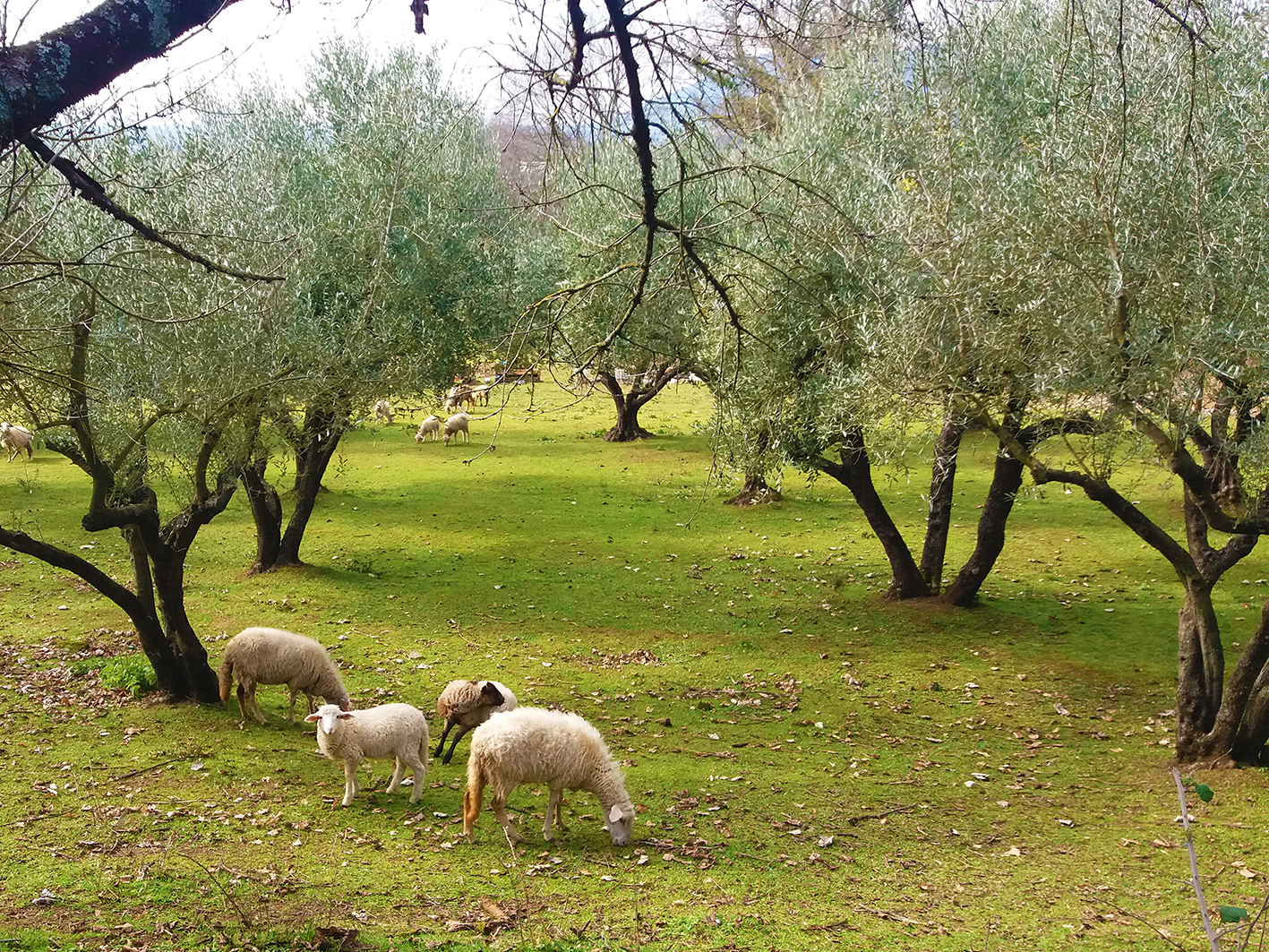
Published 2022-12-14
Keywords
- green infrastructure,
- ecosystem services,
- transhumance,
- heritage,
- sustainability
How to Cite
Abstract
The worldwide dynamics of the last thirty years are outlining opaque scenarios and forcing contemporaries to search for a catharsis whose urgency can no longer be postponed: cultures, economies and ecological balances in their current state are in danger of collapsing at an unprecedented rate. Nevertheless, it is possible to draw from the past references capable of updating consolidated paradigms, rediscovering approaches oriented towards the long term aimed at maintaining the conditions that have allowed progress and well-being for a large part of our species. The millenary practice of transhumance, today relegated to marginal contexts, is one of these: the extensive breeding of livestock, conducted on foot over long distances in search of pastures, is an exemplary adaptation to the scarcity of resources provided by the natural succession of seasons. In contrast, the problems arising from industrialised forms of animal husbandry are highlighted by numerous studies. The regeneration of the vast material and immaterial heritage inherited from transhumance, on the other hand, can provide answers to environmental, ethical and social issues that afflict every continent today: an ante litteram model of sustainability that finds in bioregional planning a concrete prospect of re-actualisation.

